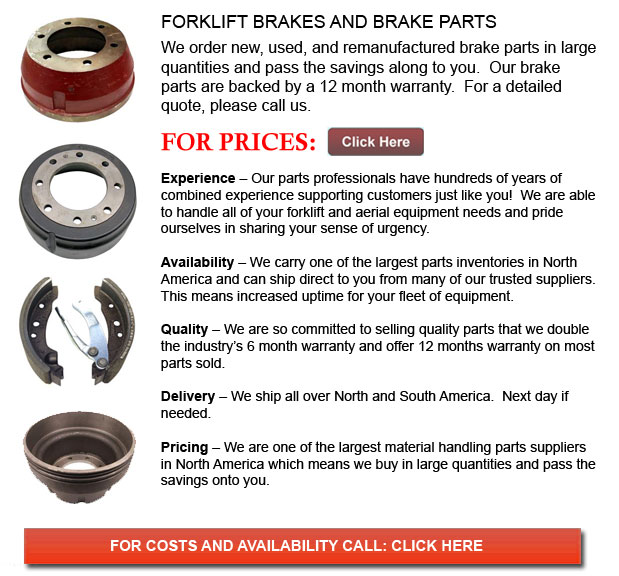
Forklift Brakes - A brake wherein the friction is supplied by a set of brake pads or brake shoes which press against a rotating drum unit referred to as a brake drum. There are some specific differences among brake drum types. A "brake drum" is usually the definition provided whenever shoes press on the inner exterior of the drum. A "clasp brake" is the term utilized so as to describe when shoes press next to the exterior of the drum. One more kind of brake, known as a "band brake" uses a flexible band or belt to wrap all-around the outside of the drum. Where the drum is pinched in between two shoes, it can be called a "pinch brake drum." Like a conventional disc brake, these kinds of brakes are rather uncommon.
Early brake drums, prior to the year 1995, needed to be consistently adjusted so as to compensate for wear of the shoe and drum. "Low pedal" could cause the needed adjustments are not performed sufficiently. The motor vehicle could become dangerous and the brakes can become ineffective when low pedal is combined together with brake fade.
There are several various Self-Adjusting systems meant for braking presented nowadays. They can be classed into two individual categories, the RAI and RAD. RAI systems are built-in systems which help the tool recover from overheating. The most popular RAI manufacturers are Bendix, Lucas, Bosch and AP. The most famous RAD systems include Volkswagen, VAG, AP, Bendix and Ford recovery systems.
Self adjusting brakes usually utilize a mechanism which engages just whenever the motor vehicle is being stopped from reverse motion. This stopping method is suitable for use where all wheels make use of brake drums. The majority of vehicles these days make use of disc brakes on the front wheels. By working only in reverse it is less probable that the brakes will be adjusted while hot and the brake drums are expanded. If adjusted while hot, "dragging brakes" could take place, which raises fuel consumption and accelerates wear. A ratchet mechanism which becomes engaged as the hand brake is set is another way the self adjusting brakes can operate. This means is only appropriate in applications where rear brake drums are used. If the emergency or parking brake actuator lever goes over a certain amount of travel, the ratchet advances an adjuster screw and the brake shoes move toward the drum.
There is a manual adjustment knob situated at the bottom of the drum. It is typically adjusted via a hole on the opposite side of the wheel and this requires getting underneath the vehicle together with a flathead screwdriver. It is of utmost importance to be able to move the click wheel properly and modify every wheel equally. If uneven adjustment happens, the vehicle may pull to one side during heavy braking. The most efficient method so as to make certain this tedious job is accomplished safely is to either lift every wheel off the ground and spin it by hand while measuring how much force it takes and feeling if the shoes are dragging, or give every\each and every one the same amount of manual clicks and then perform a road test.
![]() Click to Download the pdf
Click to Download the pdf
Forklift Parts
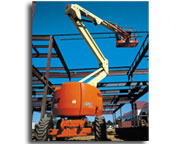
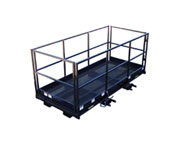
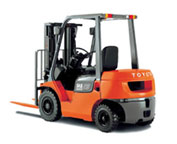
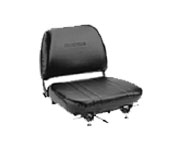
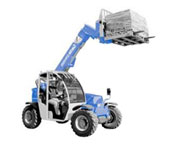
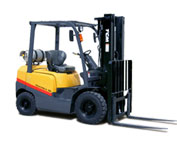
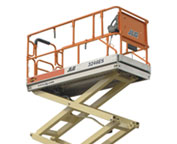
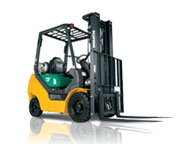
Lift Parts Express
TOLL FREE: 1-888-695-7994
Williamsport, Pennsylvania
forkliftpartswilliamsport.com
Email Us
About Us


